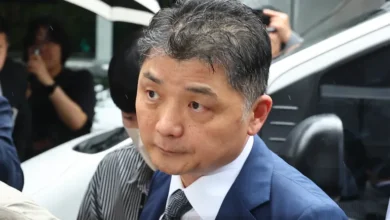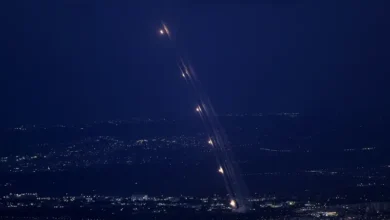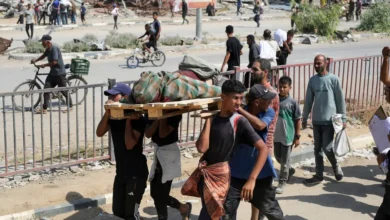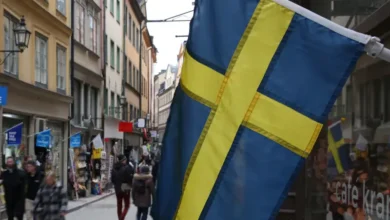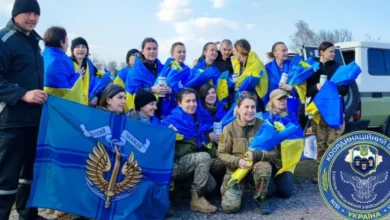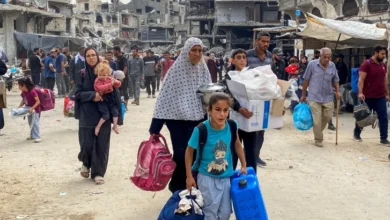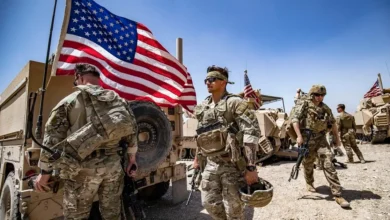Infographic: How much have NATO members spent on Ukraine?
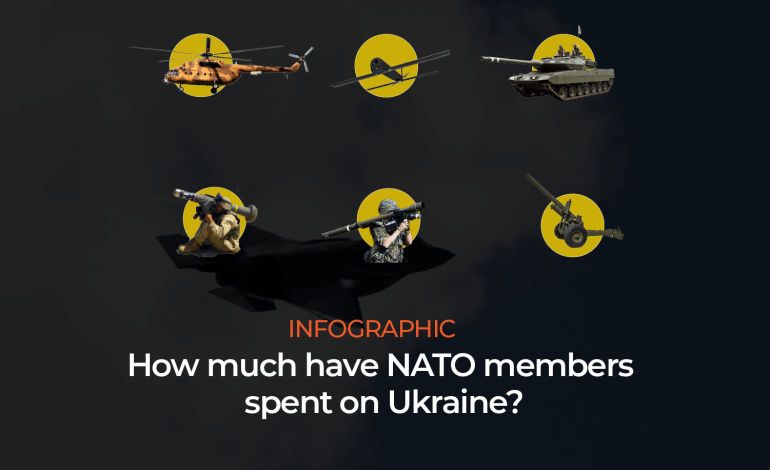
Just days before the first anniversary of Russia’s invasion of Ukraine, there are growing signs that a major new Russian offensive has already begun.
“We see how they [Russia] are sending more troops, more weapons, more capabilities,” NATO chief Jens Stoltenberg said on Monday.
Russia has accused the United States-led military alliance of “direct and growing” involvement in the conflict by providing the Ukrainian government with tens of billions of dollars worth of military assistance, including battle tanks, over the past year.
In his comments to reporters ahead of a NATO defence ministers’ meeting, Stoltenberg said the issue of supplying combat aircraft was on the table but stressed that such a development would not make member countries part of the war.
NATO history and expansion
NATO, the acronym for the North Atlantic Treaty Organization, is the world’s largest military alliance.
It was founded in 1949 by 12 member states – Belgium, Canada, Denmark, France, Iceland, Italy, Luxembourg, the Netherlands, Norway, Portugal, the United Kingdom and the US – with the aim of curbing Soviet expansion and encouraging political integration in Europe.
Between 1950 and 1999, seven more countries – Greece, Turkey, West Germany, Spain, the Czech Republic, Hungary and Poland – joined the alliance.
The expansion continued in 2004 when seven Eastern European states – Bulgaria, Estonia, Latvia, Lithuania, Romania, Slovakia and Slovenia, joined the military bloc. Of those, all but Slovenia were part of the Warsaw Pact – a defence treaty created in 1955 between the Soviet Union and seven satellite states.
Today, NATO comprises 30 nations. Only six members of the 27-country European Union (EU) are not NATO members: Austria, Cyprus, Finland, Ireland, Malta and Sweden.
Russian President Vladimir Putin has frequently referred to NATO’s eastward enlargement as a reason for the conflict in Ukraine.
